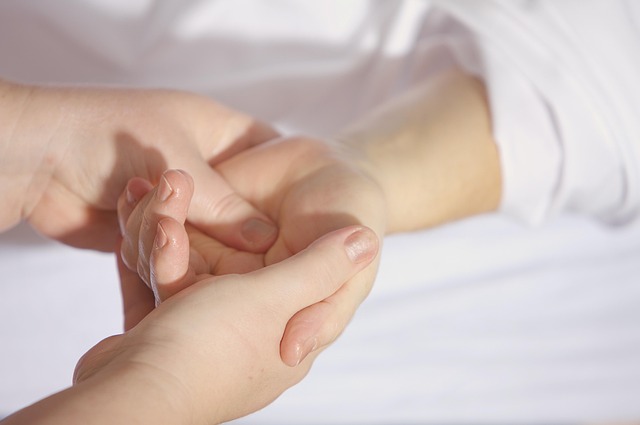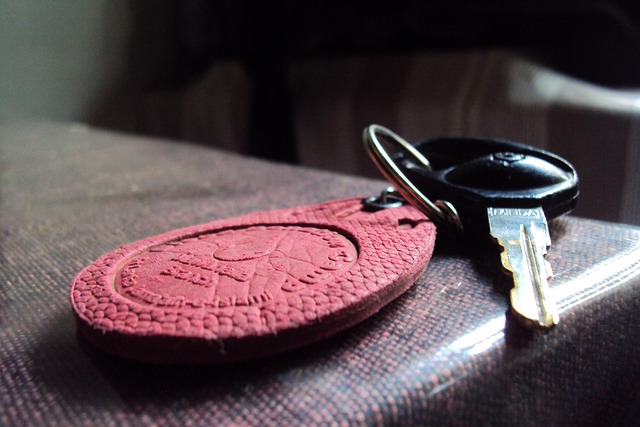Skin tags in London are caused by friction, obesity, genetics, and hormonal changes. Prevent recurrence through lifestyle adjustments like reducing skin-on-skin contact, practicing good hygiene, eating anti-inflammatory foods, and staying active. For home remedies, medical-grade duct tape or apple cider vinegar can be used for London Tag Removal, along with exfoliation to reduce new growth.
Skin tags, those small, harmless growths on the skin, can be a nuisance. While they are typically benign, understanding how to prevent their recurrence is essential for maintaining healthy, smooth skin in and around the bustling London metropolis. This article delves into the factors that contribute to skin tag formation, offering insights into triggers, hygiene practices, lifestyle adjustments, and even home removal techniques, empowering you to take control of your skin’s well-being.
- Understand Skin Tag Formation
- Identify Triggers for Recurrence
- Maintain Healthy Skin Hygiene
- Lifestyle Changes for Prevention
- Effective Removal Techniques at Home
Understand Skin Tag Formation

Skin tags, also known as acrochordons, are small, soft skin growths that typically appear in areas where skin rubs against itself, such as the neck, armpits, and groin. Their formation is a natural process where collagen and other proteins accumulate over time due to friction or other factors. In London, tag removal procedures have become increasingly popular, with many seeking solutions to get rid of these harmless but often unsightly growths. Understanding how skin tags form is the first step in preventing their recurrence.
Various elements contribute to skin tag development. Friction from clothing or jewelry can lead to the growth of tags over time. Obesity and certain genetic conditions also increase the likelihood of developing them. Hormonal changes, particularly during pregnancy, are another factor. By identifying these triggers, individuals can take proactive measures to minimize friction, maintain a healthy weight, and address any underlying medical conditions, which may help prevent skin tag recurrence after removal in London.
Identify Triggers for Recurrence

Skin tags can be a recurring issue, especially if you’re prone to them. Identifying what triggers their return is half the battle won in preventing London tag removal procedures. Common culprits include friction and skin-on-skin contact, so wearing loose clothing and using lubricants can help reduce these risks. Additionally, maintaining good hygiene and keeping the affected areas clean can prevent infection and irritation, which might also contribute to regrowth.
Paying attention to your diet is another crucial aspect; certain foods can inflammate the skin, leading to tag development. Avoiding processed sugars and refining agents while incorporating anti-inflammatory foods like berries, leafy greens, and omega-3 fatty acids into your diet may help curb recurring tags. Regular exercise also plays a significant role in overall skin health, promoting blood circulation and keeping the body’s immune system robust.
Maintain Healthy Skin Hygiene

Maintaining good skin hygiene is a simple yet effective way to prevent skin tags from recurring, especially in urban areas like London where exposure to environmental factors is high. Regularly cleansing your skin helps remove excess oil and dirt that can contribute to tag formation. Use mild, fragrance-free cleansers to avoid irritation, focusing on gentle but thorough washes, especially after sweating or being outdoors.
Moisturising is another crucial step in keeping your skin healthy. Keeping the skin hydrated prevents dryness, which can lead to cracking and potential tag development. Look for moisturisers with soothing ingredients like aloe vera to promote skin health and reduce the likelihood of recurring tags, especially in London’s notorious bustling environment.
Lifestyle Changes for Prevention

Maintaining a healthy lifestyle can significantly reduce the chances of skin tags reappearing, especially in urban areas like London where prolonged periods of standing or walking can contribute to their formation. Regular exercise is key; staying active improves blood circulation, which helps flush out toxins and keeps your skin vibrant and healthy. A balanced diet rich in antioxidants and vitamins is also essential, as these nutrients fortify the skin and aid in healing.
Additionally, keeping a good hygiene routine and avoiding friction or irritation on the skin can prevent reoccurrence. This includes wearing loose-fitting clothing to minimize chafing, especially in warm weather or during physical activities. For those in professions requiring prolonged standing, taking regular breaks for stretching exercises can help alleviate pressure points where skin tags might form.
Effective Removal Techniques at Home

Many people seek effective London tag removal methods, especially if they have experienced the embarrassment and discomfort associated with skin tags. Fortunately, there are several home remedies and techniques that can help prevent their recurrence. One popular method involves using duct tape. This simple yet effective approach involves applying medical-grade duct tape over the skin tag for several days or weeks, until it falls off cleanly. It’s important to note that this process may cause some discomfort and mild irritation, so caution is advised.
Alternatively, apple cider vinegar has been touted as a natural solution. Soaking a cotton ball in apple cider vinegar and applying it directly to the skin tag can help dissolve the tissue over time. This method requires patience as results may take several weeks. Additionally, keeping the area clean and dry is crucial to prevent infection during the healing process. Regular exfoliation with a loofah or gentle scrub can also aid in removing dead skin cells and reducing the chances of new tags forming.
Preventing skin tags from recurring in London involves a multi-pronged approach. By understanding the factors that contribute to their formation, you can identify and avoid triggers, maintain excellent skin hygiene, adopt healthier lifestyle habits, and employ effective home removal techniques. Regular care and vigilance are key to keeping these tags at bay, ensuring your skin stays smooth and tag-free.
